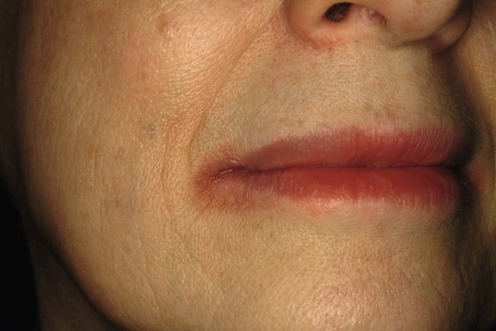 Topical miconazole, ketoconazole, or nystatin cream two or three times daily for 2 to 3 weeks Topical miconazole, ketoconazole, or nystatin cream two or three times daily for 2 to 3 weeks |
D |
 Topical polymyxin B or mupirocin ointments Topical polymyxin B or mupirocin ointments |
D |
 Remove dentures nightly and cleanse overnight with chlorhexidine 2% solution or sodium hypochlorite 0.02% solution. Rinse and air-dry prior to reinsertion. Please note that chlorhexidine and nystatin inactivate each other and therefore should not be used together Remove dentures nightly and cleanse overnight with chlorhexidine 2% solution or sodium hypochlorite 0.02% solution. Rinse and air-dry prior to reinsertion. Please note that chlorhexidine and nystatin inactivate each other and therefore should not be used together |
D |


